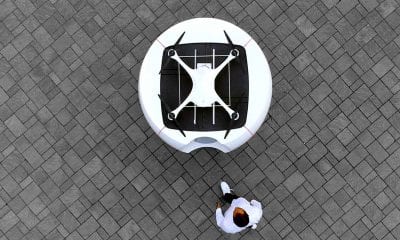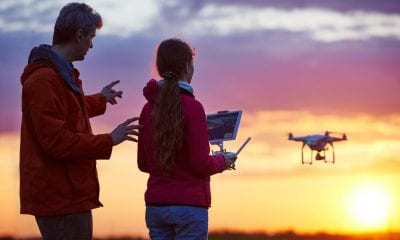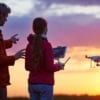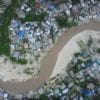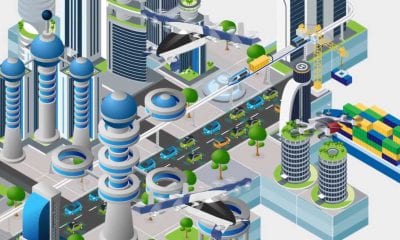Drones and Geofencing: How It Works, Benefits & Requirements
Mapping technology has greatly advanced over the past couple of years – bringing us many sophisticated systems and tools that we are increasingly making use of. One of them is geofencing, which is a tool that allows a virtual relationship with the physical locations in the offline world.
What Is Geofencing?
Basically, a geofence is a virtual fence – commonly known as a perimeter – that centers around a physical location. So, when an object enters, or tries to leave, this area (perimeter), something happens. The best way to understand the geofencing technology is to think about it as a fence around your home. For example, when someone enters your yard, an alarm triggered by the technology can be activated.
Obviously, this is just a novice example of how geofencing works. However, the technology is being deployed on a larger scale. Currently, geofencing is a term that can be used in many different contexts. The most popular one of them is an object entering a specific area and triggering something either in the device itself – or in an external location.
In the case of drones, geofencing can be used to ‘fence off’ a sensitive or restricted area (such as an airport or a prison). It can also be used to ‘fence in’ a drone on a particular mission, for example when mapping an agricultural field.
The main benefit of geofencing is the fact that it doesn’t require building anything physical in the real world – which is important for drones, that can fly above real, physical fences. Instead, it is a digital system which bases on a top of a map and a code, defined by an individual. As such, it is completely versatile and can be fully customized in order to improve the positioning accuracy.
How Does Geofencing Work?
In the real world, geofencing is commonly understood as a technology that only works outdoors, based on the GPS technology. However, the real power of geofencing is its versatility – or the fact that it can be used with any technology.
There is a wide range of positioning technologies which can be utilized from geofencing. These include WiFi, GPS, cellular data, geomagnetic as well as Bluetooth beacons. All of them can be ‘paired’ with geofencing, resulting in precise and accurate data which gives better battery efficiency compared to the standard GPS technology.
One of the best things about geofencing is the fact that you can define the technology virtually anywhere. Whether that’s around a farm, an airport or an entire city, this technology right now uses Google and Apple databases (known as native positioning) which means that you don’t have to do any mapping work at all.
Whether deployed around a large or small area, geofencing is based on a simple principle where you define the areas that you are interested in and then start listening and adapting to the GPS position updates. There is no hard-coding of any maps into your application. Instead, there are many great platforms that handle all of the technology’s ‘hard work’ for you.
So, What Does Geofencing Require In Order To Be Set Up?
Below, we are listing the two main requirements of a geofencing technology.
An app
The first requirement and probably the most important is an application. Geofencing relies on an application which needs to be installed in order to detect entering, exiting or presence of any particular device in a defined location.
Location permission
Second of all is a location permission. Geofencing requires a permission from any user to share the location of their device in order to show live position updates.
Are there any limits?
When it comes to the limits of geofencing as a technology, they basically are related to the indoor setup, which needs a bit of preparatory work in the venue or specific location that you are geofencing. In other words, you will either have to map the areas for WiFi or geomagnetic coverage, or alternatively install a Bluetooth beacon.
The size, shape and amount of geofencing are also important in order to determine the exact scope of the technology. When it comes to the size, there are minimums and maximums in specific locations and areas. While somewhere you can go as low as 2 metres, the general minimum is from 20 to 50 metres for a size of the physical location.
Last on the list of challenges is the battery consumption, which needs to be carefully planned so that all of the features of geofencing can be addressed to the maximum. These include the background functionality, accuracy and battery consumption which need to be balanced so that they are not disturbing you or your app users.
Fences in the Sky
Nowadays, geofencing is available on a number of levels for people concerned with the flight paths of drones.
Drone manufacturers often supply geofenced zones to ensure drone pilots do not accidentally fly into restricted zones such as nuclear power plants or hospitals, or temporarily sensitive areas such as forest fires or stadium events.
DJI is one such manufacturer, who assist pilots flying their drones by displaying restricted and sensitive zones in their DJI GO app using a colour-coded system called GEO ZONE MAP.
Some drone solution providers also include geofencing as part of their toolbox, such as Solo Custom Geofencing by 3DR. This allows clients to define their own custom geofence by inputting four points on a map within their app, which then stops the drone from leaving the defined area.
Another organisation that provides geofencing services is No Fly Zone, which allows users to enter their home address to add to a geofencing database that drone manufacturers may use to inform their customers.
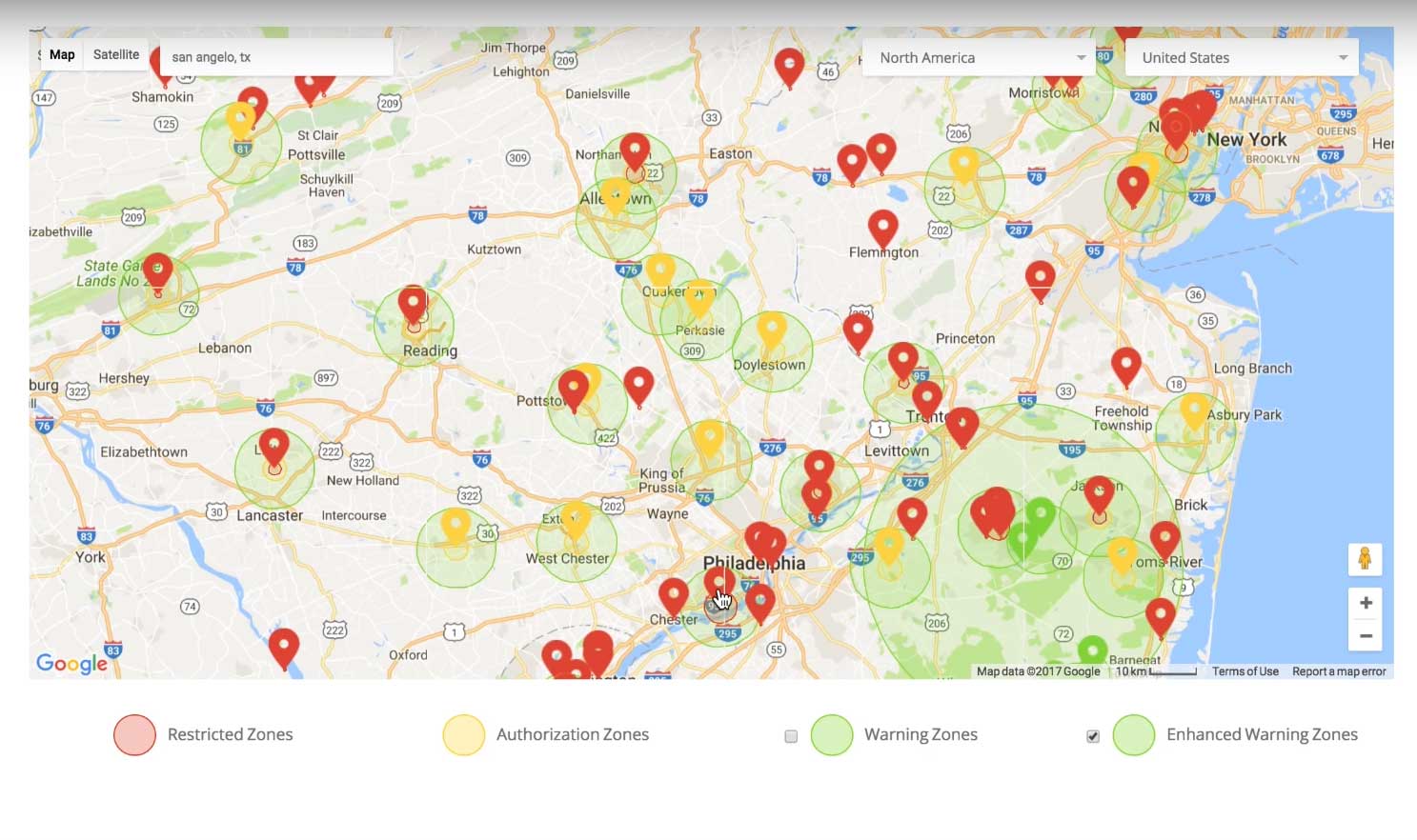
Source: DJI/Youtube
A Final Word
Even though it is a technology that is still unfamiliar to many people, geofencing is a natural extension of using drones to provide useful services at the same time as decreasing the friction with which they interact in our environment.
In an era where drones are becoming increasingly sophisticated, expect to see geofencing applied to more and more applications and environments.










